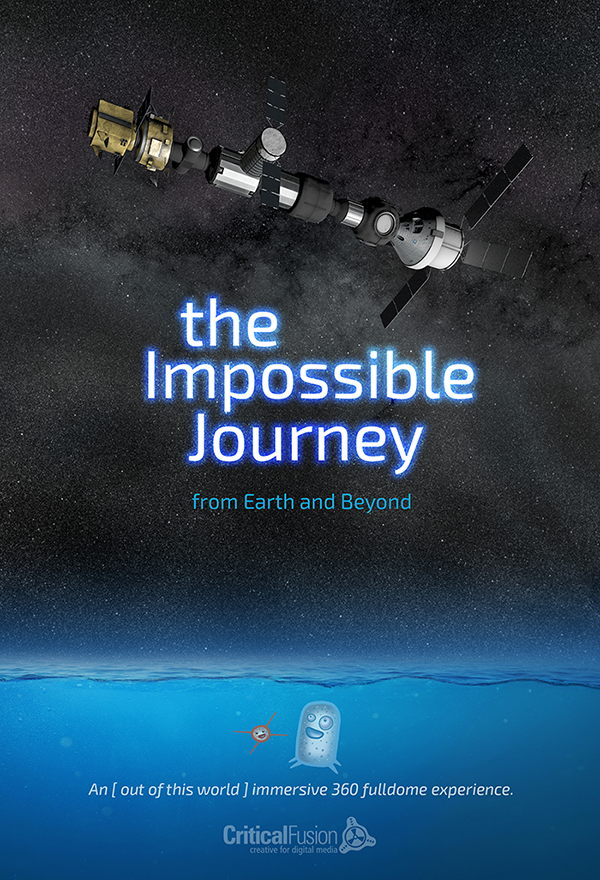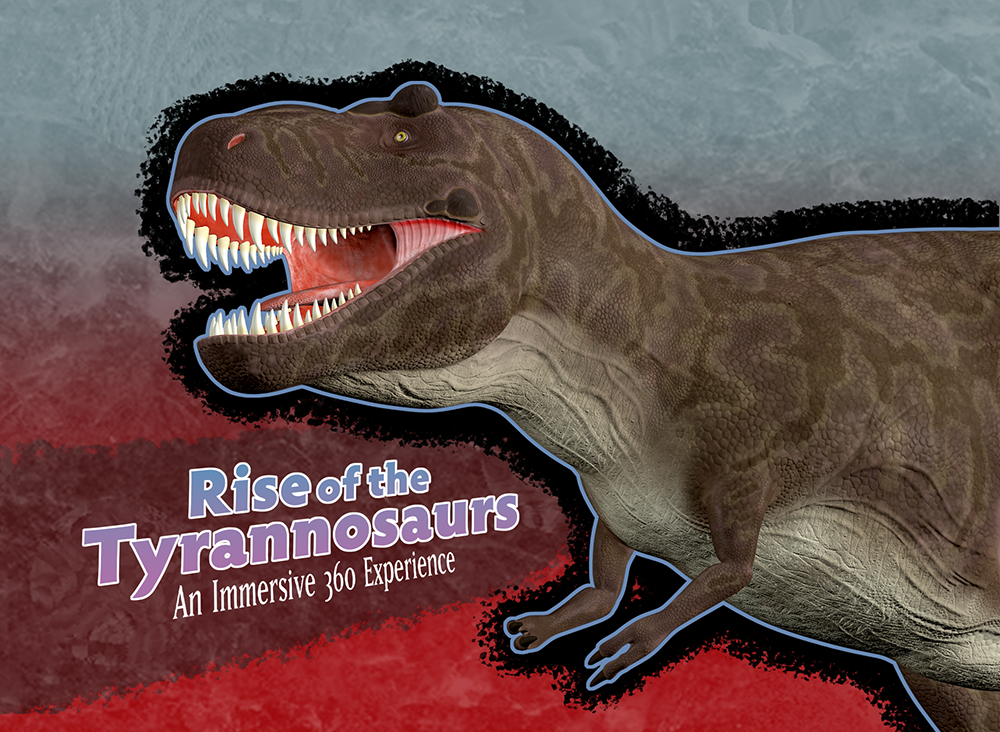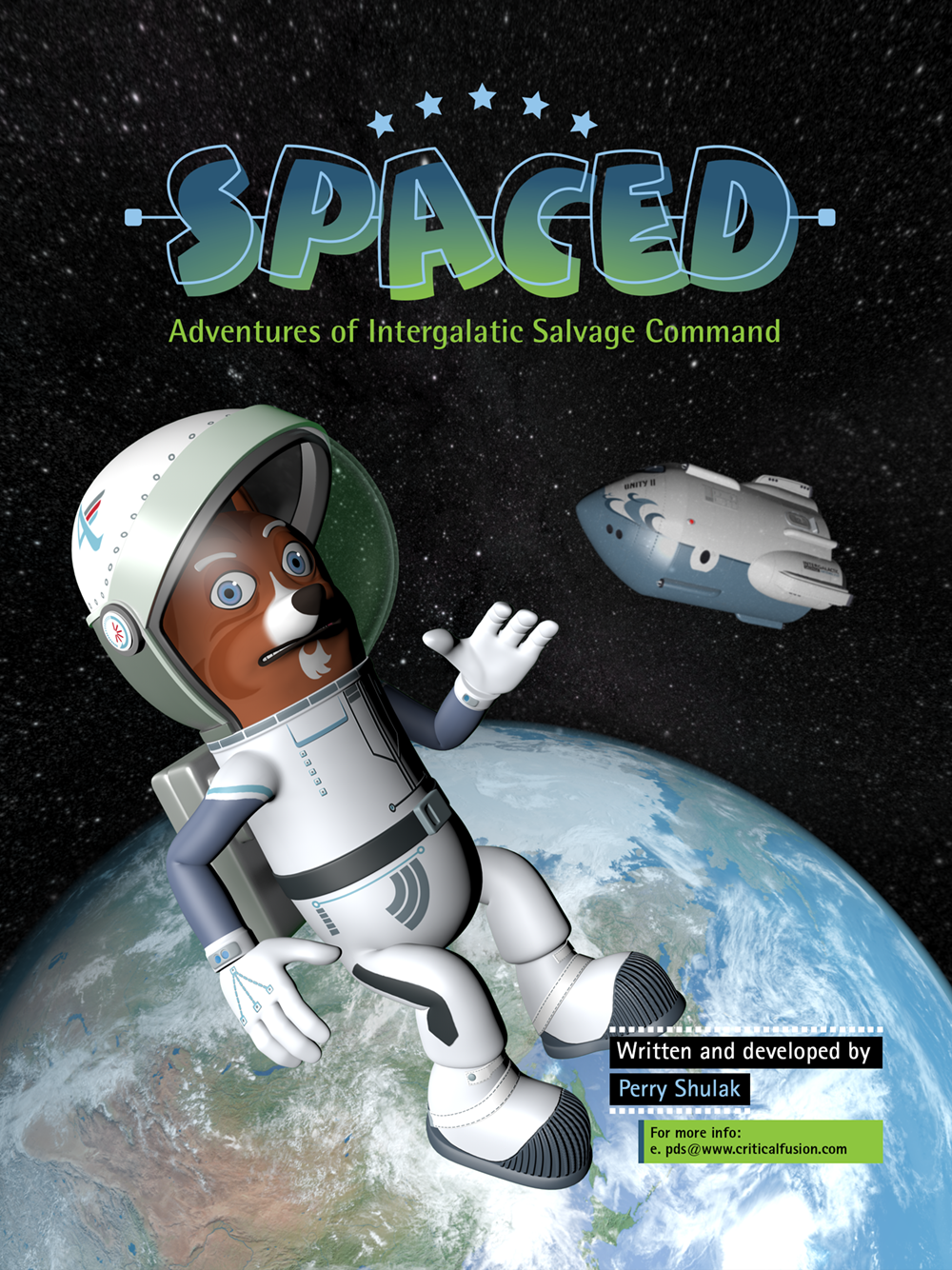The Impossible Journey

The impossible Journey is an immersive 360 dome experience that explores humanity’s fascination and desire to understand and reach for the stars. It all begins with the rare incidence of life forming on this planet we call Earth. Amongst the billions of planets that inhabit the universe, humans, in their complexity and awareness, find themselves very much alone.
With a desolate floating orb and it’s attached sibling coasting around a warming sun, an exacting recipe of elements would awaken early life. They are nothing but simple constructs that have aspirations of evolving and multiplying. Lying below an expanse of stars, they wonder how such a simple life form could make the leap off the surface, and find its’ way to the other lights that dot the sky. Then, for that life to become sentient with the capacity to reach beyond the surface, it needs to make an additional big leap.
For today, with all the technology we have to harness, life in the universe beyond the Earth still remains elusive. For it to begin again, it requires the replication of a miracle. Growing from the surface of the planet to eventually becoming human, we only begun to reach out into the local regions of our galaxy. It all leads to a one way trip, perhaps, so life can begin once again by travelling lightyears to some other celestial destination.
Wilderology

On the trail and across the globe, the Wilderologist team, Professor Edwin G. Witz and Dr. Samantha Panther seek out and catalogue events that threatens the survival of near extinct animals. When a notice comes through their world radio-com tracker, they jet off to exotic or familiar locations and parachute into dilemmas that are already underway. On arrival, a story begins to unfold that sets the stage for a mysterious and perilous challenge. The team must use their wits and wisdom to decipher the clues, track down a missing animal, or help one overcome issues. In each episode, events endanger the animal’s homes and lands, and it’s up to our team to track down the source of the problem and devise solutions to ensure that all animals have a safe place on Earth to live and play.
Wilderology is the study of Wilderness Biology, and Professor Edwin and Dr. Samantha Panther are leaders in the profession.
Rise of the Tyrannosaurs

On the continent of North America, a great ongoing battle would rage across the land. Great beasts would pit horns and armor against claws and teeth, and it would lead to the end of one or the other. In 1996, evidence of these battles were found in the one of these mighty combatant’s bones, a Tyrannosaurus rex named Scotty. Deep within it’s fractured remains resides clues that tells a story of an animal’s efforts to thrive in an ever hostile cretaceous landscape, 66 million years ago.
But it doesn’t begin with this one dinosaur, it is a generational story that spans 165 million years.
250 million years ago, A small insignificant animal appears. Its tracks, captured in the mud flats of Poland, provides firm evidence of the origin of dinosaurs. That animal, the Prorotodactylus will be the blueprint for all primal life that follows thereafter. Many variations of dinosaurs appear, and some of them, including the tyrannosaurs, find their way to North America. Once there, they evolve and take over the land, and a tyrant king is crowned. Scotty, the Tyrannosaurus rex would lend its heritage to this ongoing war between predator and prey, taking on all challenges including the indomitable, and well armored, Triceratops.
SPACED

It’s the 22nd century, and human ingenuity and technology was launched into orbit and across the galaxy. Then the efforts that lead to space exploration success resulted in the withdrawal of humans from the frontier they strived to conquer.
Remaining behind, in the settling dust of the moon, are a motley crew of junkyard dogs that were originally brought up to serve. They must now run operations at Intergalactic Salvage Command, a facility designed to salvage orbital junk and process space dirt. Leading the team is Commander Apollo, a genetically enhanced Corgi, who unexpectedly must take up the responsibility of ensuring the survival of his team and the ongoing upkeep of the base.
Added to this ongoing effort to science ongoing solutions that keeps their rockets primed, an unexpected emissary appears that threatens the very existence of Earth. From the Artemis Gateway to the Webb Space Telescope, the unwelcome prospectors multiply exponentially. The only line of defence to halt this invasion is the dogs of Intergalactic Salvage Command, who now, must weave together a collective effort to ensure there is a future for all humanity.
Intelligent Machine


